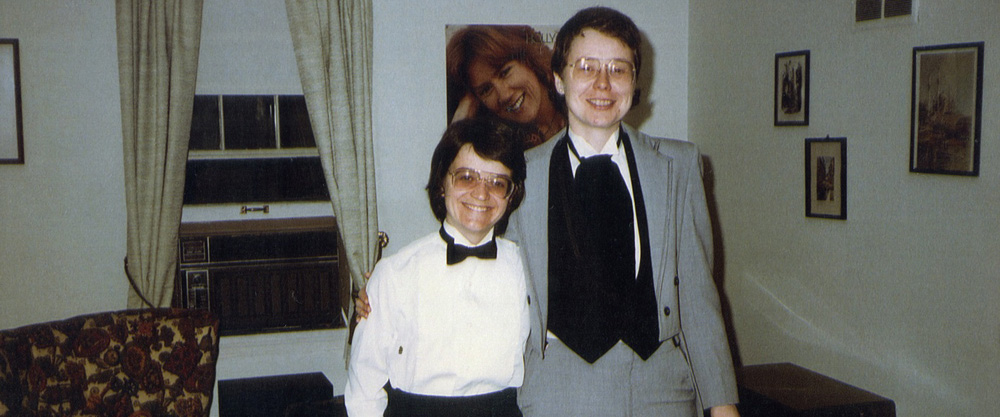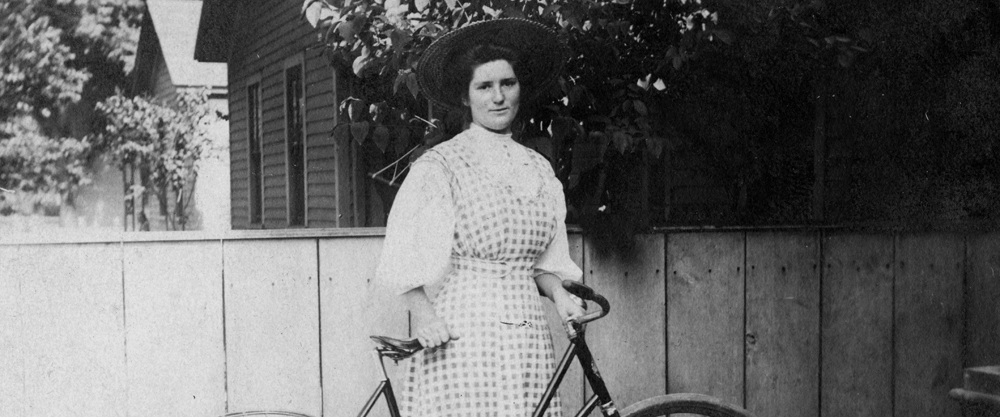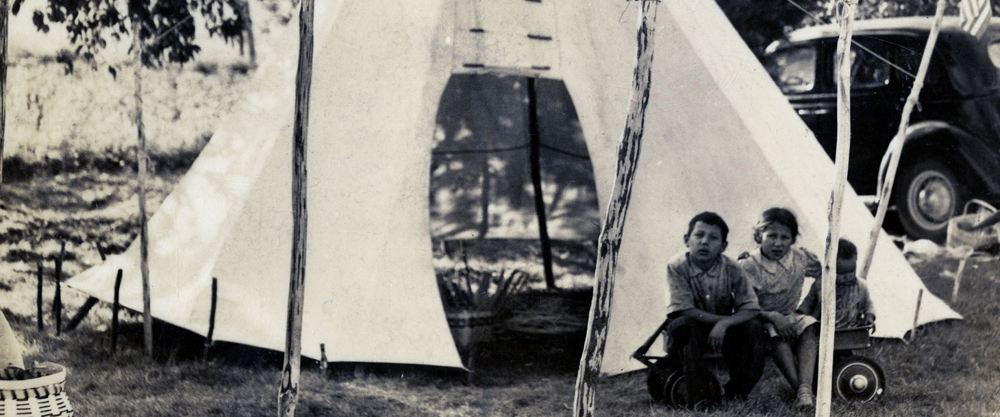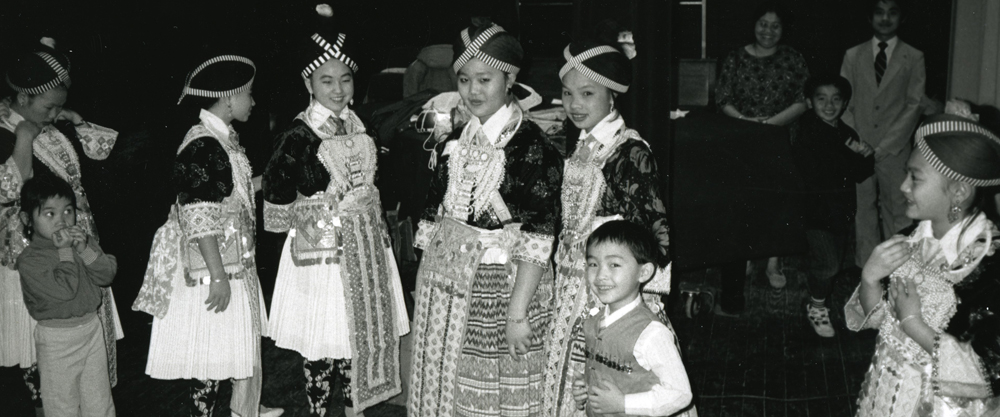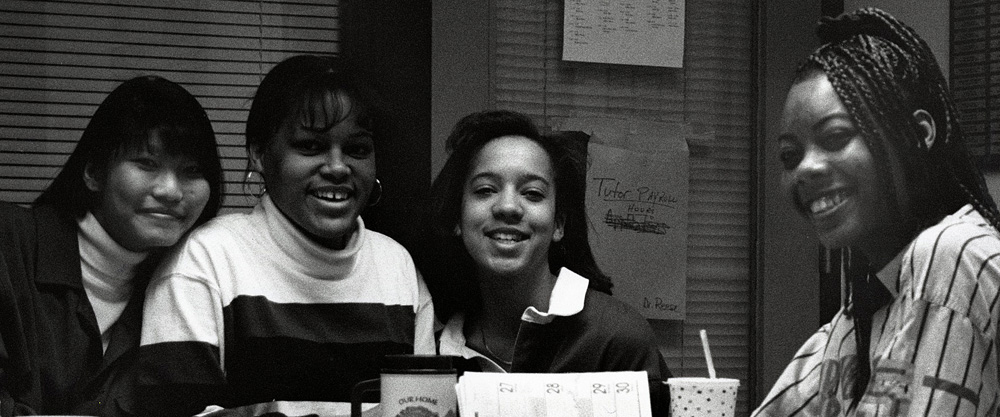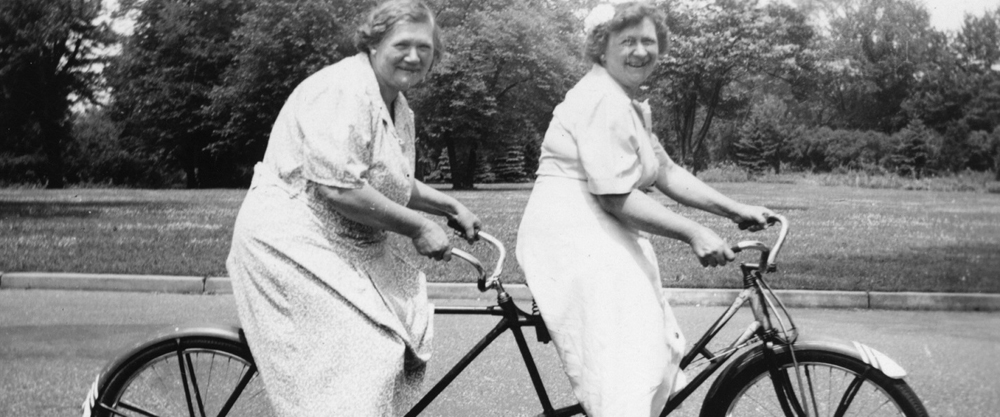LA CROSSE HISTORY
unbound
THE LA CROSSE AREA'S HISTORY, DIGITIZED
Indigenous Peoples

Unbound Collections
- Browse All Titles
- Formats
- General Histories
- Area Genealogy
- Accidents & Disasters
- Agriculture
- Archaeology
- Architecture
- Arts & Music
- Businesses & Industries
- Cemeteries
- Economy
- Education & Schools
- Events & Festivals
- Government
- Health & Healthcare
- Historic Sites
- Literature
- Military & War
- Natural Environment
- Neighborhoods
- Organizations
- Parks
- Peoples & Cultures
- Politics
- Press & News Media
- Religious Groups
- Sports & Recreation
- Transportation
Resources
—Indigenous Peoples—
Author:
Mississippi Valley Archaeology Center at the University of Wisconsin-La Crosse
Creator:
Robert F. Boszhardt
Dean G. (Dean Gordon) Wilder 1947-
Dean G. (Dean Gordon) Wilder 1947-
Description:
forms part of the La Crosse River Valley Study
ocm21074367
ocm21074367
Author:
U. S. West Research
Creator:
Anthony Godfrey
Description:
forms part of the La Crosse River Valley Study
a cultural history of the lower La Crosse River Valley marsh at La Crosse including landscape conditions and developments, transportation developments, industrial and commercial developments, agricultural activities and the like; grouped into three geographic areas of the river
ocm21224498
ocm21224498
Author:
University of Wisconsin-Madison
Creator:
Gibon, Guy E.
Description:
A master's thesis in anthropology by Guy Edward Gibbon, 1966
Author:
University of Wisconsin-La Crosse
Creator:
Martinek, Dain
Description:
Little is known about the food storage technology of the late prehistoric Oneota societies
(AD 1000 to AD 1650 ) of the Upper Midwest. Aspects of Oneota storage pit
forms, as found on archaeological sites in the Upper Mississippi Valley, indicate that
they may have been similar to those used by some Plains agricultural peoples in early
historic times, such as the Hidatsa of the Upper Missouri River Valley.
This project, conducted during the winters of 1996-97 and 1997-98, tested four
experimental maize (corn) storage pits, constructed according to ethnographically reported
methods. Results indicate that this method of storage works very well, during a typical
midwestern winter, and also during a winter that was unusually warm. Upon opening
these storage pits most of the corn was found to be in good condition, with little evidence
of mold, and with no signs of insect or rodent infestation. Germination tests indicated
that up to 99% of the seed in some samples remained viable.
Study of experimental storage pits will help to interpret the significance of pit features
found in archaeological sites, such as the seasonality and length of occupation at a
site, and the relationship between numbers of pits and population size.
Published as part of the University of Wisconsin-La Crosse Journal of Undergraduate Research, Volume 1 (1998)
Published as part of the University of Wisconsin-La Crosse Journal of Undergraduate Research, Volume 1 (1998)
Author:
University of Wisconsin-La Crosse Oral History Program
Description:
In this interview, Brandon Thoms speaks about the Lac Du Flambeau reservation and growing up near Minoqua, WI during the time of the Wisconsin Spearfishing Controversy of the late 1980s and early 1990s. Because of this, the interview does not talk much, if at all, about the La Crosse area. Topics include but are not limited to: the Indian Reorganization Act (Wheeler-Howard Act, 1934), Lac Du Flambeau and Minocqua community relations, Lakeland High School (class of 1987), conflicts between white and Ojibwe and other Native American students, spearfishing regulations, experience with spearfishing, non-Natives protesting Native American (mainly Ojibwe) spear fishermen at boat landings, protest marches led by anti-treaty organization PARR (Protect America's Rights and Resources), violence against Ojibwe traditions, ceremonial drum destruction, parent bullies, death threats, media portrayal, police presence, traditional calming remedies (tobacco, sage, sweet grass, and cedar), lawsuits, and environmental studies.
Author:
University of Wisconsin-La Crosse Oral History Program
Description:
Geneva Ragland discusses her family history and social life and customs in early La Crosse history. Topics include but are not limited to: log riding, Ho-Chunk community members in 1870, baseball, Hixon family and home, Gillette family, Johns family, horse racing, and teaching and education.
Tape 2
Author:
University of Wisconsin-La Crosse Oral History Program
Description:
Haraldson begins his interview discussing his family history, early childhood in Norway, and his immigration journey to the U.S. as a young man. He first arrived in Westby, where he worked on a farm. When he came to La Crosse, he began working in the shoe trade. Topics include but are not limited to: cobbling in Norway, railroads as a form of transportation at the turn of the century, Norwegian community in Westby (WI), tobacco farming, Arenz Shoe Store, Fry Shor Company, WWI, local shoe-making industry, businessmen's club, Adolf Gundersen, Trinity Lutheran Church, night school and furthering education, store fire, Judge Lincoln Neprud.
Tape 2
Tape 2
Author:
University of Wisconsin-La Crosse Oral History Program
Description:
John P. Gilbertson begins his interview by discussing his Norwegian family history. His interview largely focuses on La Crosse social life and recreation, as well as his career as a letter carrier. Topics include but are not limited to: saw mills, railroads, Coon Valley, family working-class occupations, the Great Depression, history of the La Crosse Post Office, steamboats, La Crosse Inter-State Fair, farm technology, newspaper and press industry, education in La Crosse, Wisconsin Business University, the circus, segregation from Ho-Chunk community and community racism, Bartl Brewery, anti-Black racism and interracial marriage, river and lumber industries, Goosetown, gambling houses and City policies, anti-German discrimination, WWI, automobiles, federal government, development of the La Crosse Normal School (now UW-L), Hoeschler family, medical history, Adolf Gundersen, early Ho-Chunk community members, early Black American community members, La Crosse Historical Society, Nathan Myrick, local politics, Wisconsin Progressive Movement, corruption in La Crosse Police Department, personal sentiments towards communities with different identities than his own (Indigenous, Black American, and Jewish).
Note: This interview has sections of poor audio quality.
Tape 2
Tape 3
Tape 4
Note: This interview has sections of poor audio quality.
Tape 2
Tape 3
Tape 4
Author:
University of Wisconsin-La Crosse Oral History Program
Description:
Van Loon discusses her ancestors' 1856 emigration from the Netherlands to Wisconsin, where they settled in New Amsterdam. She focuses on her father, John Van Loon, and also discusses general family life and her childhood growing up on a farm in La Crosse, Wisconsin. Topics also discussed include but are not limited to: ancestry, immigration from Holland, LaFleur family, New Amsterdam, Native Americans, Presbyterian Church, marriage and work, Childhood memories, diseases, Joseph Losey, her childhood home, her parents railroad tramps, birthday celebrations, farm animals, Christmas celebrations, farming and harvesting, education, Perkins family, Black Americans, childhood games, bluff hiking, agricultural and horticultural societies, traffic concerns with horses and cars, horse races, bird watching, food and cooking, farm labor, as well as local newspapers papers.
Warning, some bits of this recording has sound issues and the audio is incomprehensible.
Tape 2
Tape 3
Tape 4
Tape 5
Warning, some bits of this recording has sound issues and the audio is incomprehensible.
Tape 2
Tape 3
Tape 4
Tape 5
Author:
Wisconsin Historical Society
Creator:
Edward Brown
Description:
Part of the Wisconsin Historical Collections, volume VIII (1879)
"The Pictured Cave of LaCrosse Valley, near West Salem, Wisconsin" by Rev. Edward Brown, describes how the cave was discovered, and then how it was excavated and the artifacts removed. The remainder of the article describes and illustrates sixteen figures found on the cave walls, interpreting some of the animals (rabbits, bison, lynx, herons, hippopotamus, badger), humans, and stories. (10 pages)
"The Pictured Cave of LaCrosse Valley, near West Salem, Wisconsin" by Rev. Edward Brown, describes how the cave was discovered, and then how it was excavated and the artifacts removed. The remainder of the article describes and illustrates sixteen figures found on the cave walls, interpreting some of the animals (rabbits, bison, lynx, herons, hippopotamus, badger), humans, and stories. (10 pages)
Author:
Tucker & Company
Creator:
Nichols, George C., 1824-
Description:
This memoir discusses early river travel in the Upper Mississippi Valley. One chapter is titled "Moving the Winnebago Indians" and recounts the details behind the 1848 removal of the Ho-Chunk from the La Crosse area. Nichols was one of the steamboat pilots hired by the U.S. Federal Government to conduct this formal and violent removal of Indigenous Peoples from their ancestral lands.
Author:
University of Wisconsin-La Crosse
Creator:
Bailey, Eric
Description:
A number of Paleo-Indian artifacts found in Western Wisconsin lithic assemblages
were observed to be made of an unidentified olive green colored chert. A macroscopic
examination of these artifacts, and comparison with known possible sources
suggested that the material might be Silurian Chert Type II from the Door
Pennisula in eastern Wisconsin. Attributed analysis and comparison with lithic
debris found at sites in that area supports this hypothesis.
Published as part of the University of Wisconsin-La Crosse Journal of Undergraduate Research, Volume 5 (2002)
Published as part of the University of Wisconsin-La Crosse Journal of Undergraduate Research, Volume 5 (2002)
Author:
Wisconsin Public Television
Creator:
David Hestad
Carol Larson
Wisconsin Public Television
Wisconsin Historical Society
Carol Larson
Wisconsin Public Television
Wisconsin Historical Society
Description:
Wisconsin Hometown Stories: La Crosse is a movie available in streaming video and transcript that follows the evolution of the city at the junction of the Mississippi, Black and La Crosse Rivers from its earliest days to the present. Also available here are links to teacher resources, an interactive map and gallery of the 1867 birdseye view of La Crosse, and a short history of La Crosse written by Michael Goc. This was produced through a partnership of the Wisconsin Public Television and the Wisconsin Historical Society.
Creator:
Robin Heier
Description:
The Lower Sand Lake Site (47Lc45) was first excavated in 1984 by archaeologists from the Mississippi Valley Archaeology Center (MVAC) with additional excavations during the 2008 field season, by MVAC archaeologists and students from University of Wisconsin, La Crosse. The Lower Sand Lake is a multicomponent prehistoric site located on a ridge and swale along County Trunk Highway S in La Crosse County, Wisconsin. Recovered artifacts included thousands of pieces of Woodland grit-tempered pottery. For this project I am identifying the ceramic types to illustrate a local sequence of Woodland occupations from Early through the Late Woodland, with an analytical emphasis on ceramics from the Late Woodland period. In addition, I discuss the evidence for interaction between the Late Woodland and Mississippian periods, based on the types of ceramics identified and their distribution across the site.

